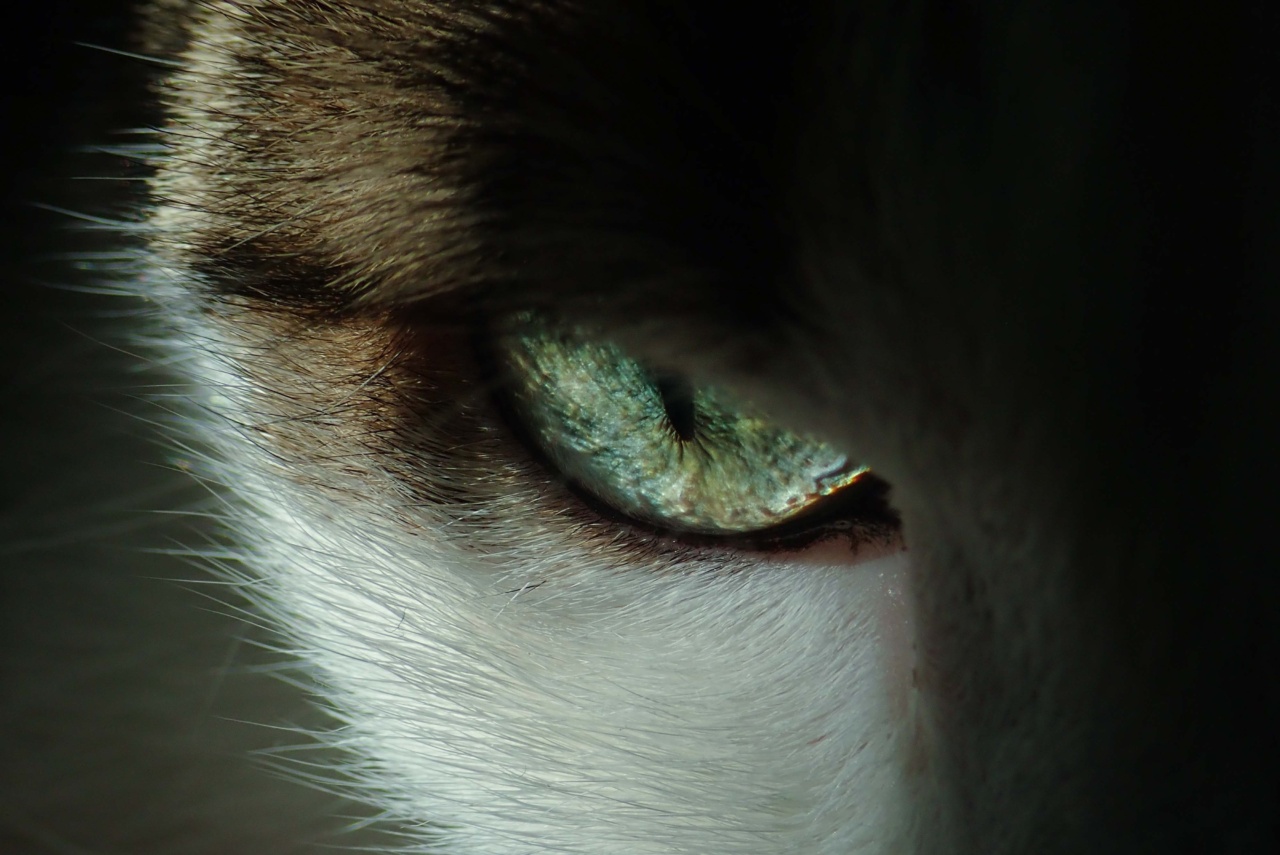Animals, just like humans, are also prone to various skin problems. These issues can cause discomfort, pain, and even serious health complications for our beloved pets and wildlife.
It is crucial for pet owners, veterinarians, and wildlife conservationists to understand and address these skin problems effectively. In this article, we will explore the top skin problems animals face today and discuss their causes, symptoms, and possible treatments.
1. Allergies
Allergies are a common skin problem in animals. Just like humans, animals can be allergic to various factors, including pollen, dust mites, certain foods, and even certain medications.
Allergies can manifest through itching, redness, swelling, and the development of skin rashes or hives. Identifying the allergen and providing appropriate treatment, such as antihistamines or corticosteroids, can help alleviate the symptoms.
2. Flea Infestations
Fleas are a notorious cause of skin problems in animals. These tiny parasites bite the skin, causing intense itching and discomfort.
Animals with flea infestations often develop flea allergy dermatitis, which is characterized by excessive scratching, hair loss, and irritated skin. Treating the infestation with flea control products and maintaining good hygiene practices can help eliminate these pests and provide relief for affected animals.
3. Mange
Mange is a common skin condition caused by mites. There are different types of mange, including sarcoptic mange and demodectic mange, each caused by specific mite species. Mange causes intense itching, hair loss, and skin infections.
Treatment typically involves medicated baths, topical creams, and in severe cases, oral medication. Early detection and prompt treatment are essential to prevent the spread of mange and alleviate the animal’s discomfort.
4. Ringworm
Contrary to its name, ringworm is not caused by a worm but by a fungal infection. This contagious skin problem can affect a wide range of animals, including dogs, cats, and even livestock.
Ringworm causes circular patches of hair loss, accompanied by redness, itchiness, and scaly skin. Antifungal medications, topical creams, and environmental decontamination are typically part of the treatment plan for ringworm.
5. Hot Spots
Hot spots, also known as acute moist dermatitis, are common in animals, particularly in those with thick coats. These painful, inflamed areas of the skin are caused by excessive licking, scratching, or biting.
Bacterial infections often develop in hot spots, worsening the condition. Treatment involves trimming the fur around the affected area, cleaning the wound, and applying topical medications or antibiotics to promote healing and prevent further infections.
6. Dry Skin
Dry skin is not exclusive to humans; animals can also face this issue. Factors such as harsh weather conditions, inadequate grooming, or underlying medical conditions can contribute to dry and flaky skin.
Dry skin can be uncomfortable and itchy for animals. Regular moisturizing, grooming practices, and providing a well-balanced diet rich in essential fatty acids can help alleviate dry skin and improve the overall health of an animal’s coat.
7. Skin Infections
Various types of bacterial, fungal, and yeast infections can affect animals’ skin. These infections can cause redness, itching, hair loss, and the appearance of pustules or scales.
Effective treatment usually involves identifying the specific infection, which may require laboratory tests, and administering appropriate medications such as antibiotics or antifungals. Maintaining good hygiene and preventing further infections through environmental decontamination are crucial in managing these skin infections.
8. Sunburn
Just like humans, animals are also susceptible to sunburn. Areas with thin fur or exposed skin, such as the nose, ears, and belly, are particularly vulnerable.
Animals with light-colored fur or those with naturally less pigment in their skin are more prone to sunburn. Sunburn can cause redness, pain, and even blistering. It is crucial to protect animals from excessive sun exposure by providing shade, using pet-friendly sunscreens, and limiting outdoor activities during peak sun hours.
9. Ticks
Ticks are blood-sucking parasites that can transmit various diseases to animals. Aside from the health risks they pose, ticks can cause skin problems due to their bites.
Animals infested with ticks may experience localized inflammation, redness, and irritation. Proper removal of ticks and administering tick prevention medications are vital in preventing not only skin problems but also serious health complications associated with tick-transmitted diseases.
10. Burns
Burns can occur in animals due to various causes, including contact with hot surfaces, chemicals, or flames. Burns can cause significant damage to the skin, leading to pain, blistering, and tissue necrosis.
Immediate first aid is essential for burn injuries, followed by veterinary care to prevent infections and facilitate the healing process. Prevention is crucial, and keeping animals away from potential burn hazards is necessary for their safety.
Conclusion
Animals face a wide range of skin problems, from allergies and flea infestations to more severe conditions like mange and burns. Understanding and addressing these issues promptly and effectively is vital for the overall well-being of animals.
Regular veterinary check-ups, good hygiene practices, appropriate treatments, and preventive measures can significantly reduce the occurrence and impact of skin problems in animals.






























